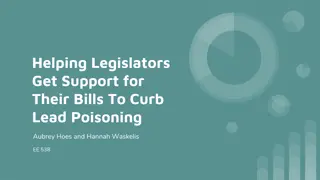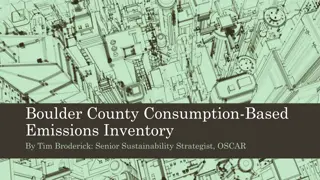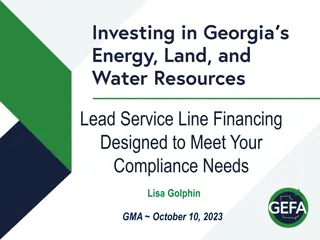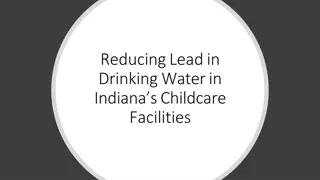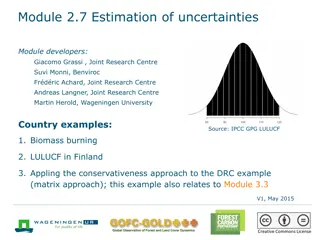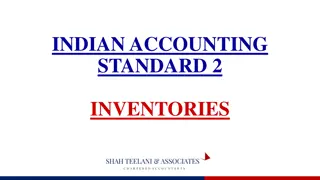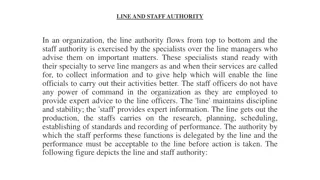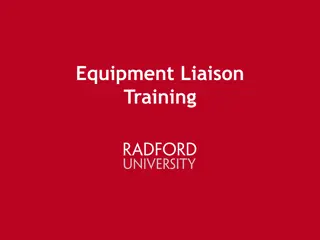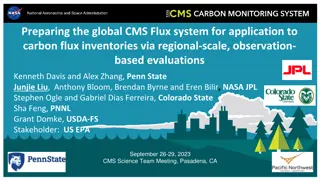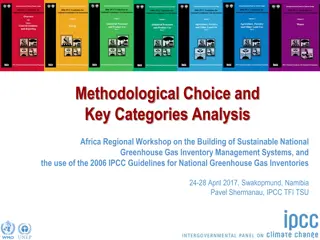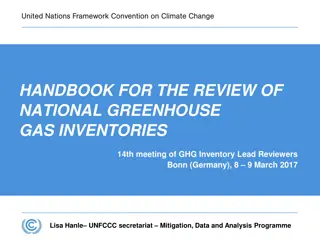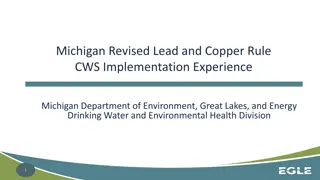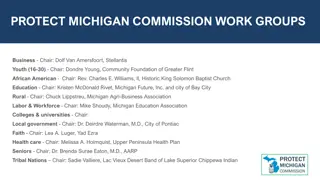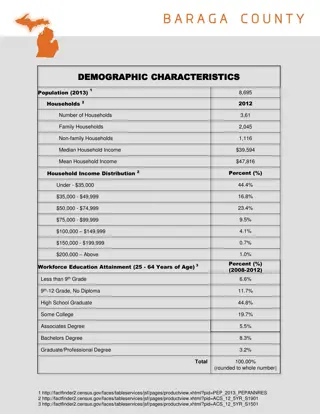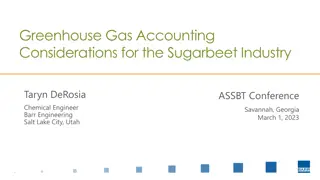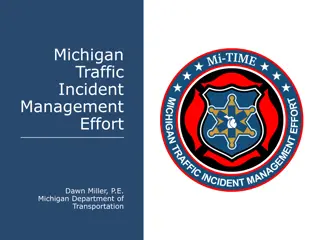Lead Service Line Inventories Overview in Michigan
Michigan's Lead and Copper Rule outlines inventory requirements and implementation dates for lead service lines. The rule establishes procedures for material inventory, sampling, tap replacements, and actions based on 90th percentile calculations leading up to a lowered action level by 2025. The system inventory philosophy emphasizes identifying gaps, implementing service line replacements, and conducting pilot projects to validate lead service line data.
Uploaded on Sep 10, 2024 | 0 Views
Download Presentation

Please find below an Image/Link to download the presentation.
The content on the website is provided AS IS for your information and personal use only. It may not be sold, licensed, or shared on other websites without obtaining consent from the author.If you encounter any issues during the download, it is possible that the publisher has removed the file from their server.
You are allowed to download the files provided on this website for personal or commercial use, subject to the condition that they are used lawfully. All files are the property of their respective owners.
The content on the website is provided AS IS for your information and personal use only. It may not be sold, licensed, or shared on other websites without obtaining consent from the author.
E N D
Presentation Transcript
Lead Service Line Inventories Eric Oswald, Director Drinking Water and Environmental Health Division Michigan Department of Environment, Great Lakes, and Energy 1
Overview Michigan s New Lead and Copper Rule Inventory Requirements Results of Preliminary Inventory Future Inventories 2
Michigans Lead and Copper Rule June 2018 Michigan s LCR revisions were promulgated Major changes include: Definitions Service Line (SL) Lead Service Line (LSL) Materials Inventory Service Line Replacement (SLR) Tiering criteria Sampling pools 90thpercentile calculation Action Level Sampling Tap sampling and WQP Transparency Public Education Water Advisory Councils Continuity of Source/Treatment 3
Implementation Dates January 1, 2019 1st and 5th Sampling procedure for LSLs January 1, 2020 Preliminary DSMI January 1, 2020 Updated tap sampling pools/plans January 1, 2021 SL replacement at 5% on average begins January 1, 2025 Action Level lowered to 12 ppb January 1, 2025 Verified DSMI 4
Distribution System Materials Inventory (DSMI) 5
System Inventory Philosophy 2 Steps Preliminary System s best guess at what they know Establishes baseline and requirement for LSL removal Primes the pump for systems to get a good start on verified inventory Validated Best effort to identify all lead service lines in inventory Still developing approved methods for validation 2018 $9 million pilot projects 6
Distribution System Materials Inventory (DSMI) 1. Identify gaps in data for public and private service line materials 2. All materials known and implement service line replacement 7
Wheres the Lead? Public Side Watermain installation records (date that the watermains were installed) Tax records (when homes were built/significantly renovated) System upgrades (capital improvements that may have removed lead components) Local ordinances on material type Plumbing code change dates (requiring or outlawing lead in service lines) Staff knowledge Field investigation Private side Tax records (when was home constructed) Plumbing code or local ordinances on material type Survey of the homeowners in likely areas Water staff visual inspections/confirmations 9
Online Resources - Websites Michigan.gov/MILeadSafe Michigan.gov/drinkingwater Michigan.gov/LCR Michigan.gov/EGLEleadpublicadvisory Michigan.gov/drinkingwaterrevolvingfund 12
Lead and Copper Questions Brandon Onan, Lead and Copper Unit Supervisor OnanB@Michigan.gov, 616-307-6736 Jeni Bolt, Lead and Copper Rule Specialist BoltJ@Michigan.gov, 517-331-5161 Holly Gohlke, Lead and Copper School Specialist GohlkeH@Michigan.gov, 989-705-3422 13
Michigan Department of Environment, Great Lakes, and Energy 800-662-9278 www.Michigan.gov/EGLE Sign up for email updates Subscribe to our YouTube Channel Follow us on Twitter @MichiganEGLE 14 14


